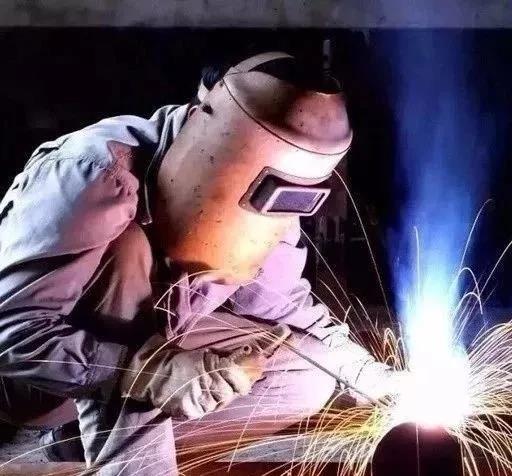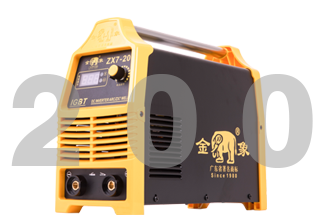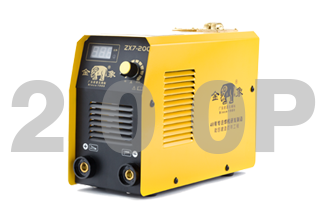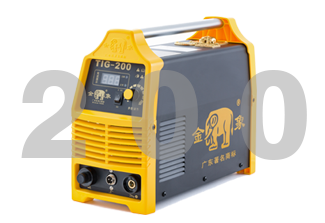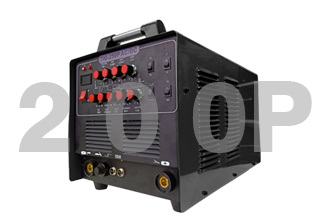Jump Welding, Segmented Back-Welding, Sub-Segment De-Soldering, Alternating Symmetrical Welding
Whenever possible, changing a continuous weld to a discontinuous weld reduces the plastic deformation of the weld and the workpiece due to heat. Or different welding directions and sequences can be used to make the local weld deformations appropriately reduce or cancel each other, so as to reduce the overall deformation. When the weld is above 1m, the segmental back-welding method, the sub-segment partial stripping method, the jump welding method and the alternate welding method can be used; for the medium length (0.5-1m) weld, the medium-symmetrical welding can be used law.
(1) Subsection back welding method. This method is suitable for welding in various spatial locations, except for vertical welding. Steel is thicker, and the arc shield can be set when the weld is long. Many people weld at the same time. The advantage is that the heat affected zone can be reduced to avoid deformation. Each length should be 0.5~1m.
(3) Jump welding method. In addition to vertical welding, this method is applicable to three methods: flat welding, horizontal welding and overhead welding. It is used in the long weld of 6-12mm thick steel plate and the welding of cast iron, stainless steel and copper to disperse the weld heat and avoid or reduce the deformation. The length of each weld of steel should be between 200-4O0mm; the weldment of cast iron should be treated according to the specification of cast iron; the heat transfer of stainless steel and steel should be faster than the length of each section should be shorter than 200mm.)
(4) Alternate welding method. This welding method is basically the same as the jump welding method, except that each welding distance is elongated, which is especially suitable for thin plates and long welds.
(5) Central symmetry method. This method is suitable for weldments with short welds. In order to reduce the deformation, it is welded once from the center to the both ends.
Related Products
Contáctenos
¡Sienta por favor libre de dejarnos saber su información de la demanda, nos pondremos en contacto con usted cuanto antes, deseando cooperar con usted!






